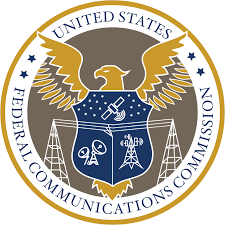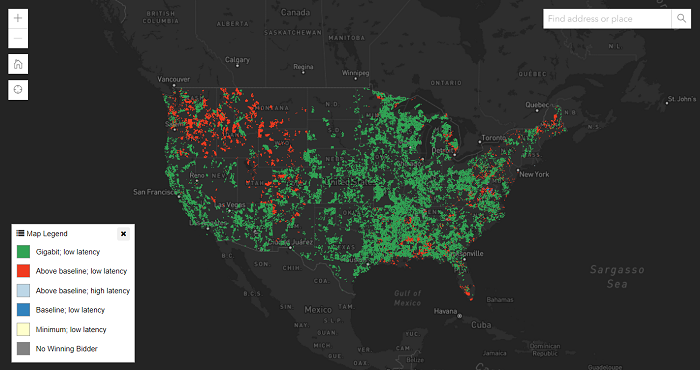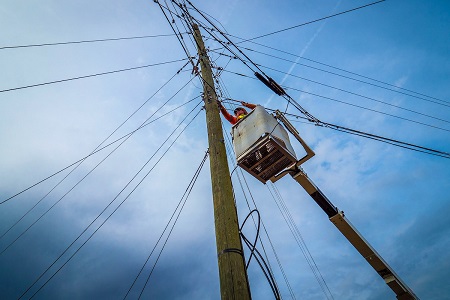
Fast, affordable Internet access for all.

Concerns are mounting that over $2.8 billion in potential broadband grants doled out by the Federal Communications Commission’s (FCC) Rural Digital Opportunity Fund (RDOF) could be wasted, further eroding the already well-criticized program’s disjointed effort to expand broadband access across rural America.
In 2019, the Ajit Pai FCC created the $20.4 billion RDOF with an eye on shoring up affordable broadband access in traditionally unserved rural U.S. markets. The money was to be doled out via reverse auction in several phases, with winners often declared based on having the maximum impact for minimum projected cost.
During phase one of the program, the FCC stated that 180 bidders won $9.2 billion over 10 years to provide broadband to 5.2 million locations across 49 states and the Commonwealth of the Northern Mariana Islands. But of the $9.2 billion in winners, over $2.8 billion has gone into default, meaning the bidder couldn’t actually deliver on promised projects.
We've tracked the RDOF awards since the auction concluded, including for the providers that defaulted on their wins.
These issues have not only imperiled RDOF program funding, but have thrown a wrench in the works of numerous additional government efforts to shore up broadband access, from the FCC’s long-criticized quest to accurately map U.S. broadband access, to the implementation of newer grant programs overseen by other agencies.

“Where RDOF and CAF (Connect America Fund) money has been committed are considered ‘served’ for purposes of BEAD funding,” Gigi Sohn, former FCC staffer and executive director of the American Association for Public Broadband (AAPB), told ILSR. “At a minimum, areas where grantees have not met their required build out schedules should not be considered ‘served.’”
The FCC has been widely criticized for not doing a better job screening applicants, and relying too heavily on winning bidders’ long-form applications submitted after the actual auction. But there’s also growing concerns that a significant chunk of money earmarked for defaulted bids may not be repurposed, further undermining the entire purpose of the RDOF program.
“The most unfortunate outcome is the delay in getting better service to millions of people who really need it,” Paul Solsrud, product manager for Cooperative Network Services, recently told Telecompetitor. “The providers are ready and willing to construct networks, and citizens are eager to get connected, but unfortunately, many rural Americans continue to play the waiting-game.”
Many Of The Programs Issues Were Predicted

Concerns that bidders wouldn’t actually be able to follow through on deployment promises had plagued the program since inception, and those concerns very quickly became reality.
The majority ($2.5 billion) of the defaults came courtesy of just three companies: Starry, Starlink, and LTD broadband. All three had been routinely criticized for program applications that played fast and loose with factual reality, exploiting program rules to nab subsidies for broadband deployments that either weren’t feasible or made no coherent sense.
Fixed wireless provider Starry originally won $268.9 million in RDOF awards to cover 108,506 locations in nine states. But in late 2022 the company announced it would be defaulting on all of its winning bids, and in February of 2023 announced it would be filing for bankruptcy.
LTD Broadband originally won $1.3 billion awards to purportedly deliver gigabit broadband to 528,000 locations across 15 states. But the company saw widespread criticism (including from ILSR) about its ability to follow through on its promised deployment of widespread gigabit-capable broadband. The FCC agreed, and later rejected the company’s bids.

Satellite broadband provider Starlink was also broadly criticized for exploiting FCC program rules to initially obtain more than $886 million to deliver satellite broadband to areas such as traffic medians and airport parking lots. The FCC subsequently clawed back Starlink’s awards as well, noting it was unlikely the company’s slowing network could deliver promised speeds.
Since then, the FCC has been steadily attempting to claw back funding from companies with unrealistic bids, forcing some to re-apply and rejecting proposals the agency believes didn’t make the best use of the funds. In May, the FCC proposed over $8 million fines for 22 program applicants the agency said had failed to follow through on their promises.
“Not following the rules has consequences,” FCC Chair Jessica Rosenworcel said of the fines. “For those who failed to meet their obligations, today’s action shows the Commission takes seriously its commitment to hold applicants accountable and ensure the integrity of our universal service funding.”
But the damage has been done, and it’s believed the RDOF program has since been supplanted by other broadband funding projects made possible by Covid relief and infrastructure legislation, including the Capital Projects Fund, the State and Local Fiscal Recovery Fund and the Broadband Equity Access and Deployment (BEAD) program.
Remaining RDOF Funds May Never Find A Home
It’s unclear what happens to the RDOF funding associated with the defaults, and the FCC hasn’t been willing to respond to media inquiries on the subject. About $6.4 billion of the RDOF money has made it into the hands of needy communities, and it remains possible the remaining $14 billion budgeted for the program may never actually be awarded.

“The $16 billion not yet spent could be used to help those states shortchanged by shortcomings in the maps,” Sohn said. “There’s no reason why that $2.8 billion can’t be added to the kitty.”
Dissatisfaction with the FCC’s management of the RDOF is generally believed to be why a significant portion of the management of these newer grant programs have instead been put under the management of other agencies, including the National Telecommunications and Information Administration (NTIA) and U.S. Department of Agriculture (USDA).
As a result, more than $50 billion in broadband deployment money is currently flooding toward the states via the The American Rescue Plan Act and the Infrastructure Investment and Jobs Act (IIJA). Grant programs within those bills both have notable improvements over RDOF, including a more aggressive definition of what can technically be considered reliable broadband.
Depending on the success of those programs, RDOF could wind up being an ugly historical footnote and a cautionary tale for the better–and hopefully better managed–grant programs that follow.
Header image of courtesy of picpedia, Attribution-ShareAlike 3.0 Unported (CC BY-SA 3.0)
Inline image RDOF map 2020 courtesy of the Federal Communications Commission website
Inline image of BARC Electric Cooperative fiber deployment courtesy of rawpixel.com/USDA, CC0 1.0 Universal (CC0 1.0) Public Domain Dedication
Inline image of no deal handshake courtesy of liftarn, CC0 1.0 Universal (CC0 1.0)
Public Domain Dedication
